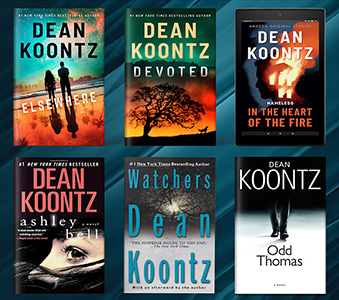Trixie Sketchbook
Click on the images below to view a larger version.
From Artist Janet Cleland
My creative process begins once I receive the much-anticipated manuscript. Scribbling all over it, I make notes on every visual that comes to mind, sometimes adding thumbnail sketches in the margins. Suddenly everything becomes research, from the antics of the neighbor’s dog (as was the case for I, TRIXIE WHO IS DOG) to a particular expression or body stance in a newspaper photograph. I file everything in folders that end up in stacks all over my drawing board.
Once I develop the basic characters for a book based on my interpretation of the text, I put on my thinking cap and work out various ideas on paper (lots of paper!), roughing out a composition and then clarifying the concept. The next step involves integrating the characters into a scene and capturing their personalities through their expressions or gestures. It’s not unusual for me to spend half a day working on one expression. Sometimes, I’ll pantomime the expression in front of the mirror while attempting to draw it or cajole my long-suffering husband into modeling for me. This phase of the process is time-consuming, but all-important in conveying the emotion in a scene.
After I’ve developed a scene on paper, the next stage involves getting to the essence of a piece by eliminating all unnecessary elements in the drawing. This is a real balancing act that helps determine the final effect of an illustration. Once rough sketches are approved, I work on fine-tuning the line drawing itself. This too is important since the fluidity and character of the line are part of the personality of the art. Sometimes, I manipulate the line by doing a small version of the drawing and then enlarging it in my photocopier to add interest and looseness to the line. I transfer my final drawing onto watercolor paper at which point I’m ready to go to finished art. However, I always try to do a comprehensive color rough so there will be no surprises once I start painting the final piece. Then I relax, turn up the radio and let the painting come to life!
Included on this page are a few abbreviated examples of how I applied this process to I, TRIXIE WHO IS DOG.






